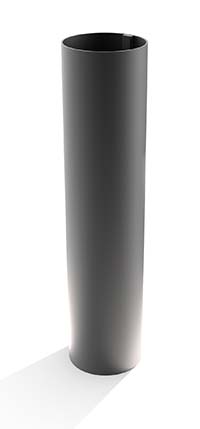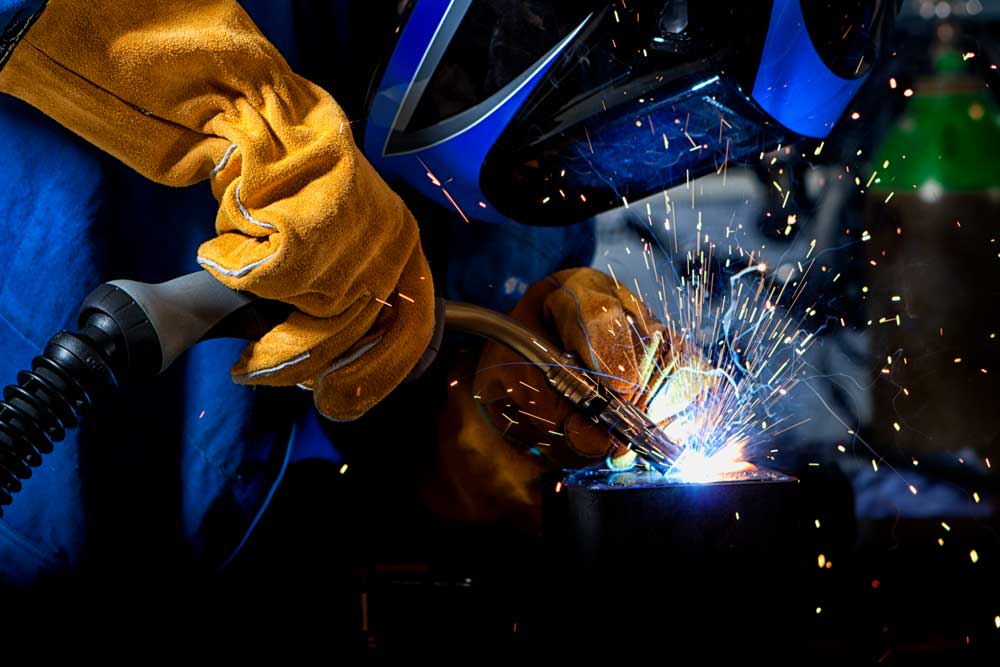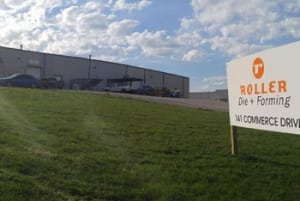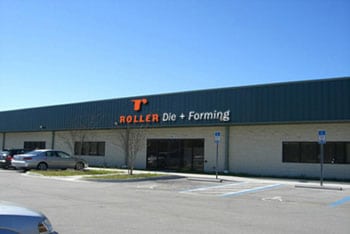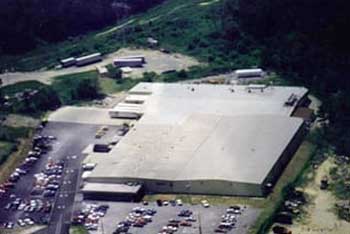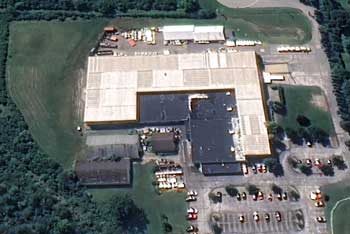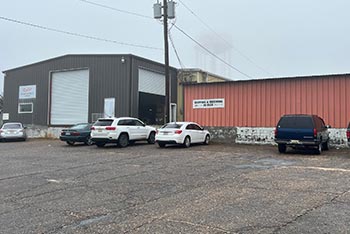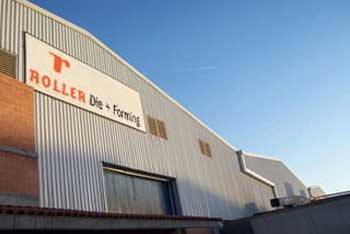Custom roll forming is a specialized process that shapes metal strips into specific profiles using continuous bending operations. This method is highly efficient for producing large quantities of consistent and precise metal parts. It is widely used in various industries including automotive, construction, and electronics due to its versatility and cost-effectiveness.
Understanding the ins and outs of custom roll forming is crucial for manufacturers looking to achieve the best results. Selecting the right materials, considering design factors, and optimizing processes are key steps in creating high-quality products. Moreover, staying updated with the latest technology and trends ensures that manufacturers remain competitive.
Let’s explore best practices for custom roll formed products. From material selection and design considerations to optimizing production processes and quality control, we will cover everything manufacturers need to know to improve their roll forming operations. By following these guidelines, manufacturers can produce top-notch products that meet industry standards and customer expectations.
Understanding Custom Roll Forming: Key Concepts
Custom roll forming involves shaping metal strips into specific profiles using a series of rollers. These rollers gradually bend the metal into the desired shape in a continuous process. The method is ideal for producing large quantities of consistent, high-precision parts.
The process begins with feeding a metal coil into the roll forming machine. As the material passes through multiple sets of rollers, each set bends the metal further until it reaches the final profile. This continuous process ensures uniformity and reduces errors.
Roll forming is versatile and can produce complex shapes, including channels, angles, and custom profiles. It’s efficient in terms of material usage and can handle various metals like steel, aluminum, and copper. Understanding these key concepts helps manufacturers make the most out of custom roll forming to meet their specific needs.
Selecting the Right Materials for Custom Roll Forming
Choosing the right material is crucial for custom roll forming. The material must be suitable for the intended application and compatible with the roll forming process. Commonly used metals include steel, aluminum, and stainless steel, each having its own benefits and drawbacks.
Steel is strong and durable, making it suitable for construction and automotive applications. Aluminum is lightweight and resistant to corrosion, which is ideal for industries like aerospace. Stainless steel offers both strength and corrosion resistance, perfect for medical and food processing uses.
Consider material thickness and flexibility as well. Thicker metals provide more strength but can be harder to form. Flexible metals allow for more complex shapes but may lack durability. Manufacturers must balance these factors to select the best material for their custom roll formed products.
Design Considerations for Custom Roll Formed Parts
Design plays a vital role in the success of custom roll-formed parts. One key consideration is the part’s profile. Complex profiles offer unique functionalities but can be more challenging to produce. Simple designs are easier and more cost-effective but may lack specialized features.
Another essential factor is the tolerances of the part. Tight tolerances ensure precision and a good fit but can increase manufacturing costs. It’s crucial to find a balance between the required accuracy and budget constraints. Additionally, consider the length and straightness of the parts. Longer parts may require more support during production to prevent sagging or warping.
Material choice also impacts design. Different metals have unique properties that affect formability and durability. By taking these design considerations into account, manufacturers can create high-quality custom roll formed parts that meet their specific requirements.
Benefits of Using Custom Roll Formed Products
Custom roll-formed products offer numerous benefits. First, they provide high precision and uniformity. Roll forming ensures each part is consistent, which is crucial for large-scale production. This accuracy helps in achieving a perfect fit during assembly, reducing the need for adjustments.
Second, the process is highly efficient. It minimizes material waste, as the metal strip is continuously formed into the desired shape with little to no scrap. Using less material saves costs and is more environmentally friendly.
Lastly, custom roll forming allows for flexibility in design. Manufacturers can produce unique shapes and profiles not possible with other methods. This versatility opens the door to innovative designs and specialized applications in various industries. Custom roll-formed products deliver both quality and efficiency, making them an excellent choice for many manufacturing needs.
Quality Control Best Practices in Custom Roll Forming
Quality control ensures that custom roll-formed products meet high standards. Start with thorough inspections of raw materials. Using high-quality materials reduces defects and improves the final product’s durability. Our team makes sure to check for any signs of rust or impurities before starting the process.
We regularly monitor during production to help maintain quality. Implementing in-line inspection systems that check the parts as they are being formed can catch issues in real-time. Quick identification and correction of errors prevent the production of faulty parts.
Documenting the process is another essential practice. Keep detailed records of each production run, including machine settings, material batches, and inspection results. This information is valuable for tracing any defects and making necessary adjustments. Employee training is also crucial. Well-trained staff understand the importance of quality and know how to operate machinery to meet high standards.
Cost-Saving Tips for Custom Roll Formed Products
Manufacturers can implement several strategies to reduce costs in custom roll forming. First, buy materials in bulk. Purchasing large quantities often comes with discounts, significantly lowering material costs.
Optimizing material usage is another effective way to save costs. Using software to design custom roll-formed parts can help minimize waste. The software allows for precise calculations, ensuring that every bit of material is used efficiently. Recycling scrap metal also contributes to cost savings. Collecting and recycling scrap reduces the need to buy new materials and is environmentally responsible.
Common Challenges in Roll Forming and How to Overcome Them
One common challenge is achieving precise tolerances. Small variations in dimensions can impact the final product’s fit and function. Using high-quality materials, additional rollers, regular maintenance, and consistent machine settings reduce the chance of variations. Implementing continuous monitoring during the process helps detect issues early, allowing for quick adjustments.
Tool wear is also a frequent issue. Rollers and cutting tools wear out over time, affecting the quality of the parts. Regularly inspecting and replacing worn tools ensures consistent quality. Using durable materials for tooling can extend their lifespan, reducing the frequency of replacements and associated downtime.
Case Studies: Successful Custom Roll Forming Projects
Let’s look at some successful custom roll forming projects. One notable example comes from the construction industry. A company needed custom steel profiles for a new building project. By using roll forming, they produced thousands of identical parts quickly and at a lower cost than traditional methods. The precision of roll forming ensured a perfect fit during assembly, speeding up construction.
In the automotive sector, a manufacturer needed lightweight yet durable components for their new car model. By choosing aluminum and utilizing roll forming, they achieved the desired strength while keeping the vehicle’s weight down. This approach resulted in better fuel efficiency and met industry standards for safety and performance.
Another case involves the electronics industry. A client required custom enclosures for their devices. Roll forming allowed the creation of complex shapes with tight tolerances, providing excellent protection for the delicate electronics inside. The consistency of the roll-formed parts also simplified the assembly process, improving overall productivity.
How to Choose a Reliable Roll Forming Partner
Choosing the right roll forming partner is vital for success. Start by assessing their experience. Look for a company with a proven track record in producing custom roll-formed products for your specific industry. Experienced partners understand the nuances of different materials and can provide valuable insights.
Communication is another essential factor. Your roll forming partner should be responsive and open to collaboration. Good communication ensures that your requirements are understood and met. Ask for references and case studies to see how they have handled similar projects successfully in the past.
Future Trends in Custom Roll Forming and What to Expect
The future of custom roll forming looks promising, with several trends shaping the industry. One key trend is the use of advanced materials. Developing lighter, stronger metals will open up new applications and improve existing products. Manufacturers will benefit from using materials that offer better performance and efficiency.
Sustainability is also becoming more important. Companies are focusing on eco-friendly practices, such as recycling scrap metal and reducing energy consumption. As environmental concerns grow, adopting sustainable methods will become a standard practice in roll forming.
Conclusion
Custom roll forming is a versatile and efficient method for producing high-quality metal parts. By understanding the key concepts and following best practices, manufacturers can optimize their processes and achieve excellent results. Selecting the right materials, focusing on design, and integrating advanced technology are essential steps toward success. Regular quality control and cost-saving measures keep the process efficient and productive.
Choosing a reliable roll-forming partner is crucial for meeting your specific needs. Look for experience, advanced equipment, and good communication. Staying updated on industry trends ensures that you remain competitive and ahead of the curve. Innovations in materials, automation, and sustainability will continue to shape the future of custom roll forming. For manufacturers looking to improve their roll-forming operations, Roller Die + Forming offers the experience and expertise needed to meet your goals. Contact us to learn how we can help with your next project.

